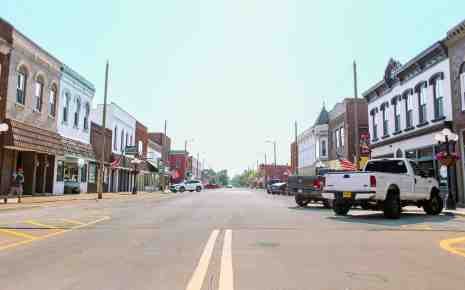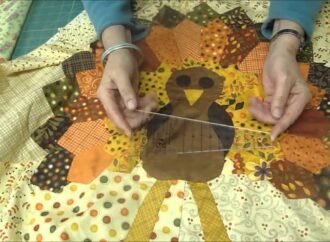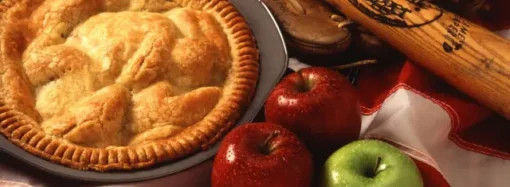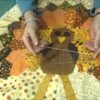On a crisp Saturday morning in the small Southern town of Willow Creek, the smell of fresh bread drifts through the air, mingling with the sound of a bluegrass band playing in the square. Children run between vendor stalls at the farmers’ market, stopping to admire painted murals on newly restored brick walls. Just a
On a crisp Saturday morning in the small Southern town of Willow Creek, the smell of fresh bread drifts through the air, mingling with the sound of a bluegrass band playing in the square. Children run between vendor stalls at the farmers’ market, stopping to admire painted murals on newly restored brick walls. Just a decade ago, this same Main Street was a very different place a row of boarded-up storefronts, fading paint, and silence, broken only by the occasional passing truck. Many residents feared it would never bounce back. Yet today, Willow Creek’s Main Street is alive again, pulsing with laughter, music, and the hum of conversation the beating heart of a town that refused to let itself fade into memory. The decline of Main Street mirrored a familiar American story. When large retailers opened just outside town, local shops struggled to compete, and one by one, family-owned businesses shuttered. What had once been a proud center of commerce and culture became a stretch of empty windows and neglected buildings. Older residents recall how the sidewalks grew quiet, how neighbors stopped gathering, and how Main Street, once the town’s pride, became a painful reminder of economic struggle. “It felt like we were losing not just businesses, but a piece of who we were,” said longtime resident Gloria Hernandez, who grew up buying penny candy at a corner store that sat vacant for years.The turning point came when a group of determined locals decided that waiting for outside investment was no longer an option. A coalition of small business owners, artists, and civic leaders banded together, forming what they called the Willow Creek Renewal Project. They organized fundraisers, secured small grants, and convinced the town council to invest in infrastructure improvements. The first step was cosmetic but symbolic: repairing historic facades, repainting faded storefronts, and restoring the old lampposts that had once lined the street. Local contractors donated labor, high school students volunteered to paint, and residents planted flowers along the sidewalks. What began as a small act of civic pride soon gained momentum.

Within a year, the first new businesses opened: a family-run bakery, an antique store, and a coffeehouse that doubled as an art gallery. These weren’t just shops; they were gathering spaces, designed to bring people together. Soon after, a group of artists transformed an abandoned alley into a mural corridor, depicting scenes from Willow Creek’s history the first railroad, the town’s founding families, even a beloved high school football coach. The murals became an unexpected tourist draw, attracting visitors who shared photos online and brought fresh energy to the town’s image. Events quickly followed. The Renewal Project organized summer street fairs, autumn harvest festivals, and Friday night concerts in the square. Families who had once driven to bigger cities for entertainment found themselves lingering downtown again, proud to show off their hometown. Businesses thrived, with many reporting record sales. Even entrepreneurs from outside the region began to take notice, opening specialty shops and restaurants that complemented the town’s charm without overshadowing its character. The revival has had ripple effects far beyond economics. Unemployment in Willow Creek has dropped, but perhaps more importantly, the town’s sense of identity has been restored. Residents speak with pride about Main Street again, calling it “the heart of Willow Creek.” Younger generations, once eager to leave for larger cities, are now considering staying or even returning after college, inspired by the opportunities they see at home. Civic pride has spilled over into other projects too — community gardens, a new playground, and a volunteer-run historical society dedicated to preserving the town’s stories. For many, Main Street’s rebirth has become more than a local success; it’s a symbol of what small towns across America can achieve when they bet on themselves. “We realized no one was coming to save us,” said project organizer Marcus Lee. “So we decided to save ourselves. And in the process, we found out how much strength we already had.” Today, walking down Willow Creek’s Main Street means seeing not just shops and murals, but a living testament to resilience, creativity, and the unshakable belief that communities can write their own comeback stories.
















Leave a Comment
Your email address will not be published. Required fields are marked with *